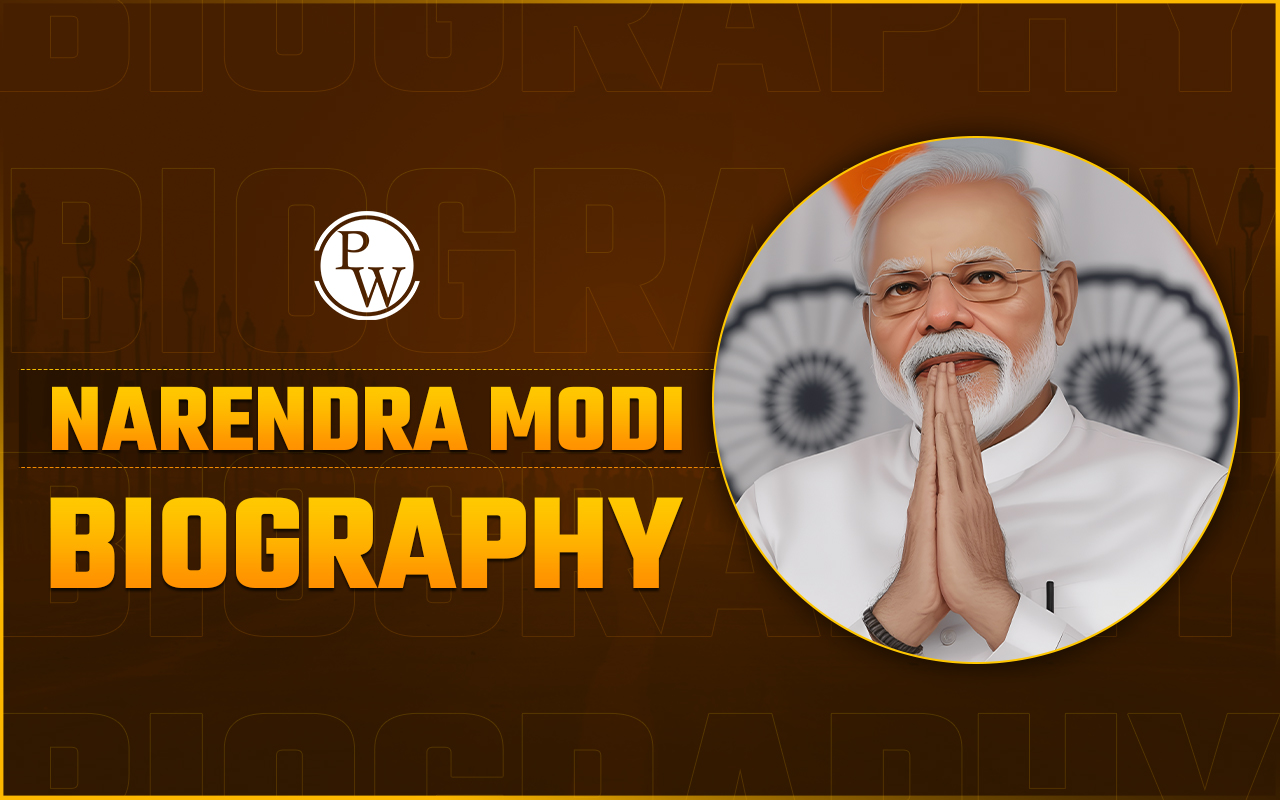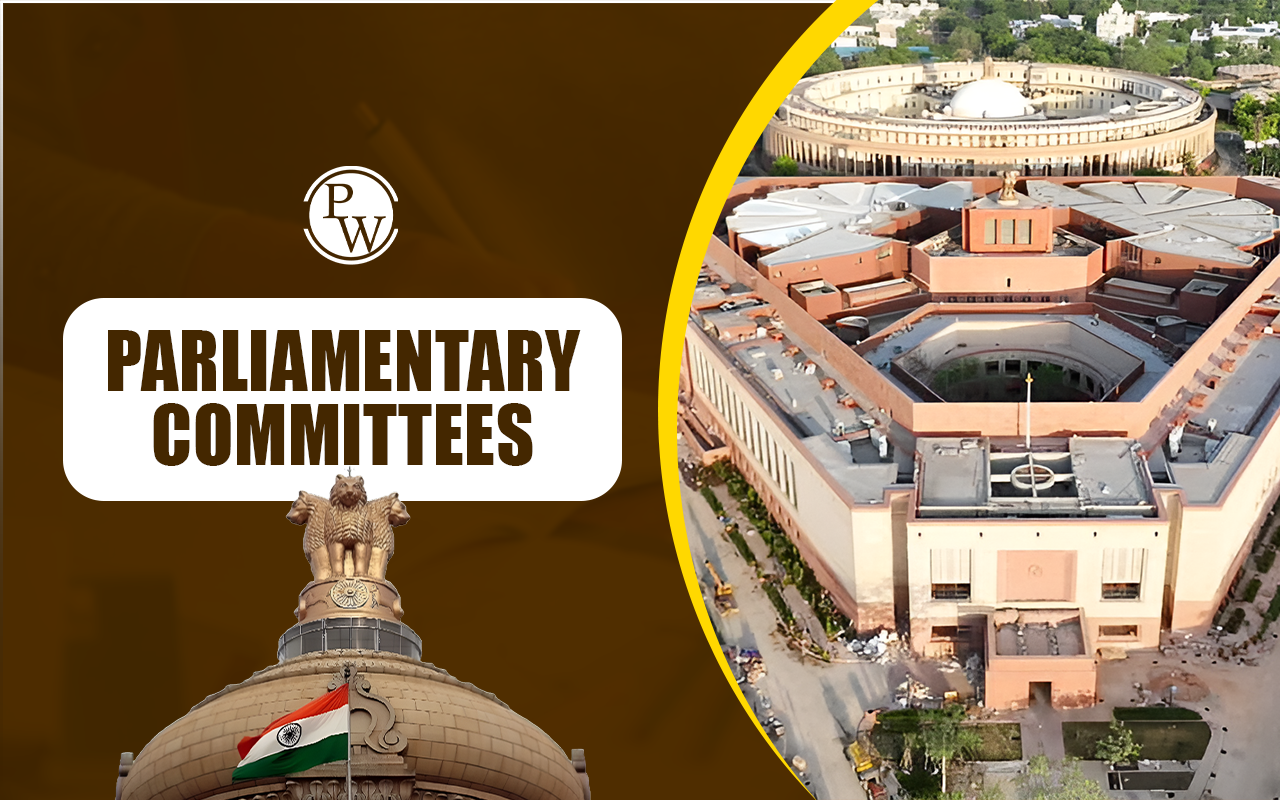
Faraizi Movement was an Islamic revivalist reform movement that emerged in British India during the early 19th century. Founded by Haji Shariatullah around 1818, it aimed to purify Islam by urging Muslims to return strictly to the Faraiz, the obligatory duties prescribed in Islam. Read on to learn more about the Faraizi movement!
What Was Faraizi Movement?
The Faraizi Movement was an Islamic religious reform movement in 19th-century Bengal. It aimed to purify Islam by removing un-Islamic practices and ensuring the performance of “Faraiz” – the mandatory duties of Islam. The term Faraizi comes from Fard, which means obligations that every Muslim must follow, such as namaz (prayer), roza (fasting), and zakat (charity).
This movement arose in a period of social oppression, British colonial rule, and the declining condition of Muslims in Bengal. Many Muslims had mixed Hindu customs into their religious life, and rural communities were exploited by landlords and colonial officers. The Faraizi leaders believed that reviving core Islamic values would help Muslims regain their social strength and dignity.
Faraizi Movement Founder
The founder of the Faraizi Movement was Haji Shariatullah, a religious reformer born in 1781 in the Faridpur district of Bengal. He went to Arabia in his early years and studied Islamic theology at Mecca for 20 years. Upon his return to Bengal in 1818, he observed the decline of Islamic values among Muslims and started the movement to revive true Islam.
Haji Shariatullah opposed the British rulers and local landlords (zamindars) who exploited poor Muslim peasants and encouraged Muslims to reject idol worship, un-Islamic festivals, and customs borrowed from Hindu society. He also urged people to unite against oppressive practices.
He became a popular religious leader, especially in the eastern parts of Bengal. His teachings focused on unity, simplicity, and moral strength. After his death in 1840, his son Dudu Miyan carried forward the mission with more political and social force.
Objectives of Faraizi Movement
The Faraizi Movement had both religious and socio-political goals. Here are the major objectives of the movement:
-
Religious Purification: To remove all non-Islamic elements from Muslim practices and rituals.
-
Restoration of Islamic Identity: To educate Muslims about their religious duties and promote Islamic unity.
-
Opposition to British Rule: To resist British interference in Islamic laws and oppose unjust taxes and rules.
-
Protection of Peasants: To protect poor farmers from the exploitative practices of zamindars and indigo planters.
-
Establishment of a Moral Society: To promote justice, honesty, and ethical behaviour in daily life.
The movement created awareness among Muslims about their rights and duties and gave them a sense of community and identity during colonial times.
Faraizi Movement Time Period
The Faraizi Movement began in 1818 and continued through the 19th century, peaking between 1830 and 1860. It was mainly active in eastern Bengal, particularly in present-day Bangladesh. Here’s a quick look at the timeline:
| Year | Event |
| 1818 | Haji Shariatullah founded the Faraizi Movement in Bengal. |
| 1831 | He declared British India as Dar-ul-Harb (land of war), meaning Islamic duties could not be fulfilled under British rule. |
| 1840 | Haji Shariatullah passed away; leadership passed to his son, Dudu Miyan. |
| 1840s-50s | Movement grew stronger under Dudu Miyan; active resistance against landlords. |
| 1862 | Dudu Miyan died; the movement slowly declined but left a lasting legacy. |
Despite the end of its main phase, the ideas and reforms of the Faraizi Movement continued to influence later Islamic revivalist efforts in the subcontinent.
Faraizi Movement Leaders
The Faraizi Movement had a few notable leaders who shaped its direction and gave it momentum:
Haji Shariatullah (1781–1840)
-
Founder of the movement.
-
Educated in Mecca.
-
Emphasised returning to the original teachings of the Quran and Hadith.
-
Opposed Hindu customs, idol worship, and British rule.
Dudu Miyan (1819–1862)
-
Son of Haji Shariatullah.
-
Took leadership after his father’s death.
-
Made the movement more political and peasant-focused.
-
Challenged the zamindars and indigo planters who abused peasants.
-
Was arrested several times but gained mass support from rural Muslims.
Noah Miyan (Post 1862)
-
Led the movement after Dudu Miyan.
-
Emphasized religious activities and the spiritual revival of the movement.
-
Tried to keep the movement alive, but British suppression and changing times led to its decline.
These leaders played key roles in defending the rights of Muslims and raising their voice against injustice during colonial rule.
Faraizi Movement’s Impact
The Faraizi Movement left a strong mark on both religion and society. Its impact was long-lasting and shaped the future of Muslim activism in Bengal:
-
Revived True Islamic Practices: The movement emphasized the observance of core Islamic duties (Faraiz), eliminated superstitious customs, and encouraged regular study of the Qur’an and Hadith among rural Muslims.
-
Religious Unity and Identity: It brought together Bengali Muslims under a shared religious identity, strengthening community bonds and discouraging divisions based on local customs or caste.
-
Social Empowerment of the Poor: The Faraizis empowered oppressed Muslim peasants to stand against exploitation by landlords (zamindars), promoting justice and equality.
-
Foundation for Political Consciousness: Though primarily religious, it was one of the first organized efforts by Muslims to challenge British colonial rule and local injustices, signaling early political awakening.
-
Inspiration for Future Movements: The movement influenced later Islamic reform and resistance efforts, such as the Wahhabi and Khilafat movements, blending religious revival with political activism.
Though the movement declined by the late 19th century, its effects continued. The Faraizi ideology influenced Muslim leaders during British rule and contributed to the later demand for Muslim rights and identity in India.
Faraizi Movement FAQs
Who started the Faraizi Movement and when?
What was the main aim of the Faraizi Movement?
Who led the Faraizi Movement after Haji Shariatullah?
Where was the Faraizi Movement mainly active?
What is the significance of the Faraizi Movement in Indian history?

UPSC Coaching













